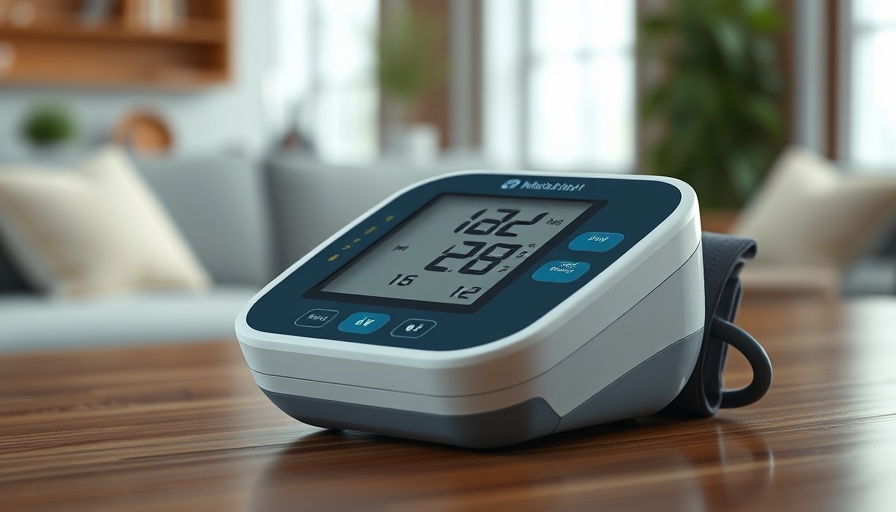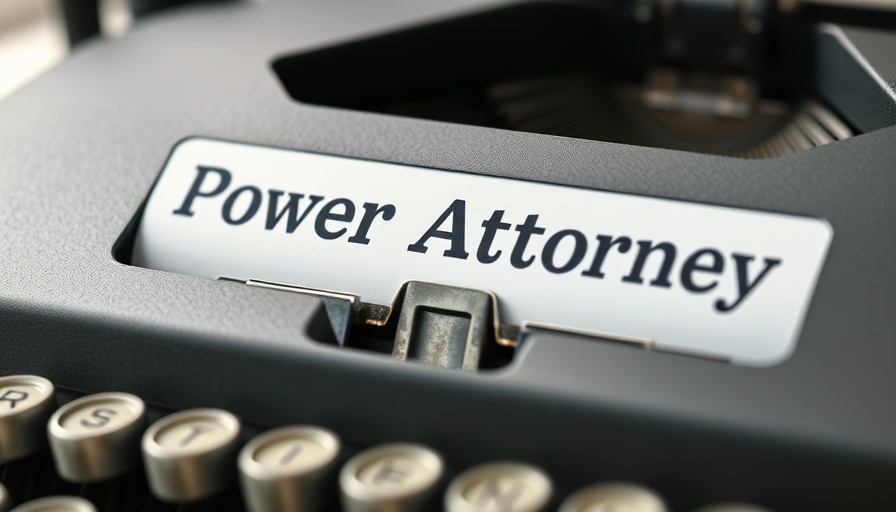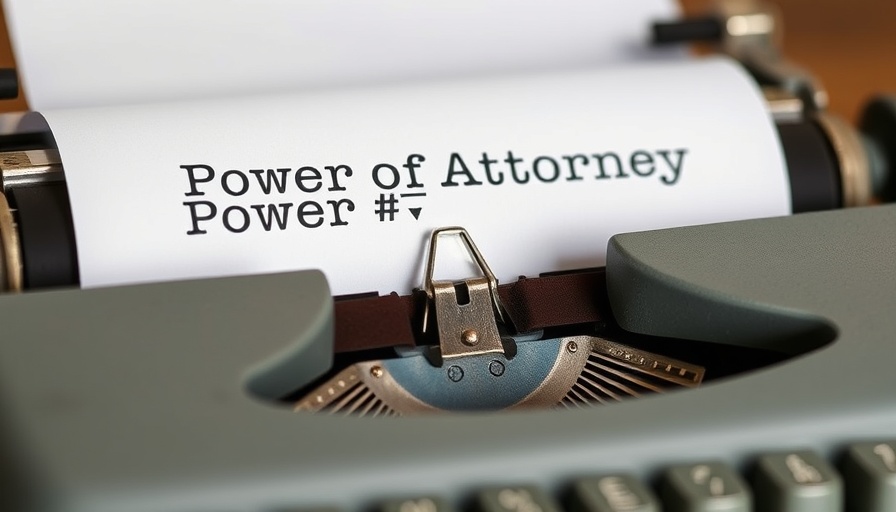
Why a Home Blood Pressure Monitor is Essential for Seniors
Having a home blood pressure monitor isn’t just a convenience; for older adults, it can be a vital tool in managing health. Accurate blood pressure readings can help identify serious issues like dizziness, especially after changes in medication, and ultimately, safeguard against falls, a common concern for seniors.
Choosing the Right Blood Pressure Monitor
When selecting a home blood pressure monitor, focus on simplicity and accuracy:
- Automatic Digital Monitors: These are easier to use and typically provide more reliable readings than manual options.
- Upper Arm Cuffs: Monitors with upper arm cuffs tend to be more accurate compared to wrist or finger cuffs.
- Reputable Reviews: Look for models that have been vetted by organizations like Consumer Reports or Wirecutter to ensure you’re investing in a quality product.
- Calibration: It’s a good practice to bring your monitor to the doctor’s office to compare readings and ensure its accuracy.
Finding the Correct Cuff Size
Using the right cuff size is crucial; an incorrectly sized cuff can lead to misleading readings. Measure the circumference of the upper arm and choose from:
- 7-9 inches – Small cuff
- 9-13 inches – Standard cuff
- 13-17 inches – Large cuff
- More than 17 inches – Consult your doctor for options like an extra-large or thigh cuff.
Maximizing the Benefits
Check your blood pressure periodically, especially at critical times such as after a medication change. While daily checks aren’t necessary, having a reliable monitor at home can help you maintain control over your health.
Ultimately, incorporating regular monitoring into your health routine can aid you in making informed decisions about your well-being, significantly enhancing your life quality as you age.
 Add Row
Add Row  Add
Add 




Write A Comment